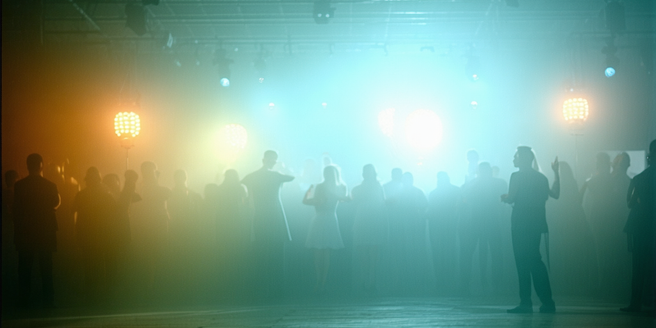Key To Winning Dance Competitions

Understanding the Judging Criteria
When entering a dance competition, understanding the judging criteria is crucial for success. Judges typically evaluate performances based on several aspects, including technique, creativity, synchronization, and stage presence. It’s essential to familiarize yourself with the specific criteria for each competition, as they can vary. Pay attention to the weight each criterion carries in the overall score. For instance, some competitions may prioritize creativity over technical precision, while others may place a higher value on execution and accuracy. By having a clear understanding of what the judges are looking for, dancers can tailor their routines to highlight strengths and minimize weaknesses. Additionally, attending preliminary rounds or viewing past competitions can provide insights into what successful competitors have done well, offering valuable guidance in your own preparation.
Perfecting Your Technique
Technique is the foundation upon which all successful dance routines are built. To perfect your technique, it’s important to focus on the basics, including posture, alignment, and muscle control. Consistent practice with an emphasis on precision and form is key. Work with a skilled instructor who can provide corrective feedback and help you refine your movements. Break down each dance step and practice slowly before increasing speed. Utilizing a mirror or recording your practice can also help you see and correct mistakes in real-time. Furthermore, cross-training in different dance styles can enhance your versatility and improve overall body awareness. Remember that technique is not developed overnight—it requires dedication, persistence, and a willingness to continuously learn and adapt. Regular training sessions that focus on small, incremental improvements will yield significant results over time.
Selecting the Right Music and Choreography
Choosing the right music and choreography is pivotal to a memorable dance performance. The music should resonate with the theme and emotion you wish to convey while also complementing the dancers’ strengths. Consider the tempo, rhythm, and style of the music to ensure it matches the choreography’s demands. Listen to a wide range of music and explore different genres to find the perfect track. Meanwhile, choreography should be crafted to showcase the dancers’ skills, creativity, and unique personality. It’s beneficial to seek inspiration from various sources, including other dancers, performances, and online platforms. Balance complexity with clarity—while challenging routines can impress judges, they must also be executed with precision. Collaboration with a choreographer can also help refine ideas and ensure the choreography aligns beautifully with the chosen music.
Mastering Stage Presence and Performance
Stage presence is what captures the audience’s attention and leaves a lasting impression. It involves more than just executing moves flawlessly; it’s about conveying emotion and connecting with the audience. Confidence is key—project energy and expressiveness throughout the performance. Practice maintaining eye contact, smiling when appropriate, and using facial expressions to enhance storytelling. Engage with your audience by making deliberate, powerful gestures and movements. Visualizing a positive performance beforehand can help manage nerves and improve stage confidence. It’s also helpful to practice performing in front of others before the actual event, as feedback can be invaluable. Remember, the judges and audience are looking for an engaging story that’s communicated through dance, so focus on delivering an authentic, passionate performance that resonates on a personal level.
Building a Strong Team Dynamic
A cohesive team dynamic is essential for success in group dance competitions. It starts with developing trust and effective communication among team members. Regular team-building activities can foster interpersonal connections and improve collaboration. Understanding each dancer’s strengths and areas for improvement allows for strategic choreography assignments that play to the group’s collective abilities. Setting common goals and encouraging open dialogue ensures that everyone is on the same page, enhancing synchronization and overall performance quality. Practice together frequently, focusing on timing, spacing, and teamwork. Address conflicts promptly and constructively to maintain a positive environment. A strong team supports each other both on and off the stage, creating a sense of unity that can strongly influence the judges’ perception of your performance. Remember that a team that works well together can create stunning, seamless routines.
Preparing Mentally and Physically for the Event
Preparation for a competition entails both mental and physical readiness. Physically, dancers should focus on conditioning, ensuring they build stamina, strength, and flexibility necessary for their routine. A balanced diet and adequate hydration are also vital components of physical preparation. Mentally, visualization techniques can be used to imagine a successful performance, reducing anxiety and boosting confidence. Establish a pre-performance routine that includes warming up, practicing breathing exercises, and setting a positive mindset. Sleep is equally important, as rest allows the body and mind to recover and perform optimally. As the event approaches, maintaining a disciplined schedule and avoiding last-minute changes can help keep stress levels in check. Remember, both mental fortitude and physical endurance contribute significantly to a polished, poised performance on the day of the competition.